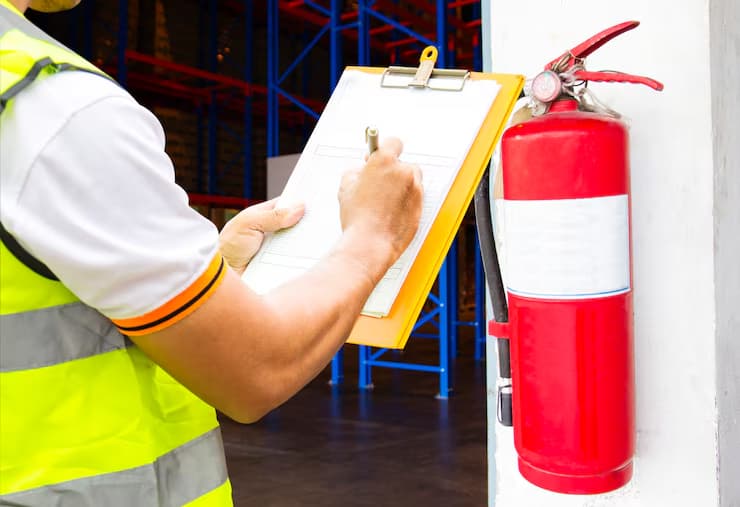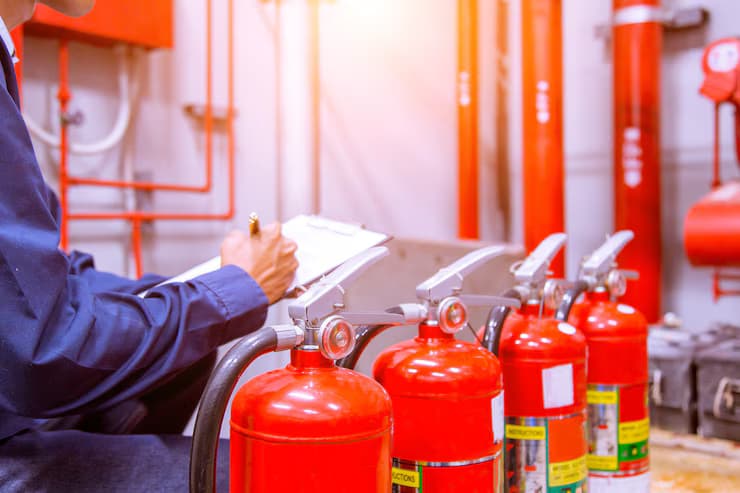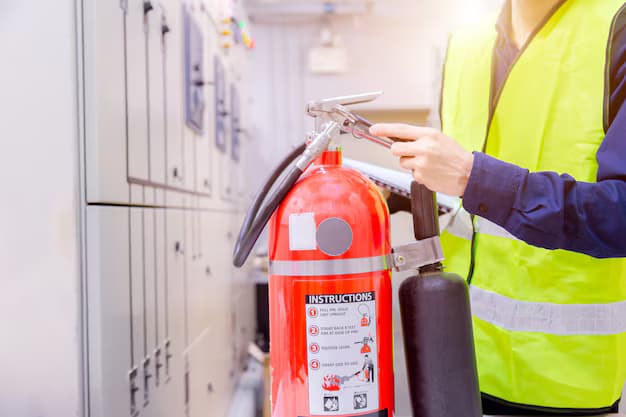What Is a Fire Compartmentation Survey and Why Is It Essential?

Strong 8k brings an ultra-HD IPTV experience to your living room and your pocket.
In the realm of building safety and fire protection, understanding the intricacies of fire compartmentation is pivotal. A fire compartmentation survey serves as a critical assessment tool to ensure that structures are adequately prepared to contain and slow the spread of fire. This process is fundamental in safeguarding lives, property, and preserving the integrity of buildings during fire emergencies. As urban environments evolve and regulations become more stringent, the importance of these surveys cannot be overstated.
Understanding Fire Compartmentation
Fire compartmentation refers to the practice of dividing a building into distinct sections, or compartments, which are designed to contain fire and smoke for a designated period. This is achieved through the use of fire-resistant walls, floors, and ceilings, which act as barriers. The primary goal is to prevent fire from spreading rapidly throughout a structure, providing occupants with valuable time to evacuate safely and aiding firefighters in their efforts to control the blaze.
The concept of fire compartmentation is rooted in building regulations and fire safety standards that dictate how buildings should be designed and constructed. These regulations specify the types of materials that can be used, the required fire-resistance ratings for different building components, and the maximum allowable distances between exits. Understanding and adhering to these regulations is crucial for architects, builders, and property managers alike.
The Process of a Fire Compartmentation Survey
Conducting a fire compartmentation survey involves a meticulous examination of a building's fire safety features. This survey typically encompasses several stages, each contributing to a comprehensive evaluation of the building's ability to withstand fire incidents.
Initial Assessment
The first step in a fire compartmentation survey is an initial assessment, where the surveyor inspects the building's design and layout. This includes evaluating the existing fire compartments and identifying any potential weaknesses. The surveyor will look for breaches in fire barriers, such as openings for pipes, ducts, or electrical conduits that may compromise the integrity of fire-resistant walls or ceilings.
Documentation Review
Following the initial assessment, the surveyor conducts a thorough review of existing documentation, including architectural plans, fire safety reports, and maintenance records. This documentation provides crucial insights into how the building was designed and whether any modifications have been made that could affect fire safety. Understanding the history of the building is essential in identifying areas that may require urgent attention.
On-Site Inspection
The on-site inspection is the most critical phase of the fire compartmentation survey. During this phase, surveyors conduct a detailed examination of the building’s fire compartments, checking for compliance with relevant fire safety regulations. They assess the condition of fire-resistant materials, inspect doors and windows for proper sealing, and ensure that fire-stopping measures are intact. Any deficiencies found during this inspection can lead to recommendations for remedial action.
Reporting and Recommendations
After completing the on-site inspection, the surveyor compiles their findings into a detailed report. This report outlines the current state of fire compartmentation within the building, highlighting any areas of concern and providing recommendations for improvement. These recommendations often include upgrading materials, sealing breaches, or even redesigning certain compartments to enhance fire safety.
The Importance of Fire Compartmentation Surveys
A fire compartmentation survey is not merely a regulatory requirement; it serves as a cornerstone of fire safety management. Here are several reasons why these surveys are essential:
Protecting Lives
The foremost priority of any fire safety strategy is to protect lives. A well-executed fire compartmentation survey ensures that buildings are equipped with effective barriers that can slow the spread of fire, allowing occupants to evacuate safely. Statistics reveal that proper compartmentation can significantly reduce the risk of casualties during a fire incident.
Minimizing Property Damage
Fires can cause catastrophic damage to property, leading to substantial financial losses. By implementing effective compartmentation strategies, buildings can contain fires to specific areas, thereby minimizing the overall impact. This containment not only protects the building itself but also the surrounding structures and the community at large.
Compliance with Regulations
Regulatory compliance is a critical aspect of fire safety. Building owners and managers are required to adhere to local fire safety codes and regulations, which often mandate regular fire compartmentation surveys. Failing to comply with these regulations can result in legal repercussions, including fines and increased liability in the event of a fire.
Enhancing Insurance Coverage
Insurance companies often consider a building’s fire safety measures when determining coverage terms and premiums. By conducting regular fire compartmentation surveys and addressing any identified deficiencies, property owners can enhance their insurance coverage and potentially reduce premiums. A well-maintained fire compartmentation system demonstrates a proactive approach to fire safety, which insurers tend to favor.
Common Challenges in Fire Compartmentation
While the concept of fire compartmentation seems straightforward, several challenges can arise during the survey process. One common issue is the presence of unauthorized modifications made to the building over time. These modifications can compromise fire barriers and create vulnerabilities, making it essential for surveyors to be vigilant.
Another challenge lies in the interpretation of fire safety regulations, which can vary significantly between jurisdictions. Surveyors must stay updated on the latest regulations and ensure that their assessments reflect current standards.
Moreover, the presence of older buildings can pose unique challenges. Many older structures may not have been built with modern fire safety standards in mind, requiring careful consideration and potentially extensive remediation efforts to bring them up to code.
Conclusion
In summary, a fire compartmentation survey is an indispensable component of fire safety management that ensures buildings are equipped to withstand fire incidents effectively. By protecting lives, minimizing property damage, ensuring regulatory compliance, and enhancing insurance coverage, these surveys play a vital role in the overall safety of structures. As buildings continue to evolve and safety standards become more rigorous, the importance of regular fire compartmentation surveys will only increase.
For those seeking expert guidance in fire safety, TBL Fire Protection is committed to providing comprehensive fire compartmentation surveys tailored to your needs. Ensure your building complies with the highest safety standards and protect what matters most—contact TBL Fire Protection today to schedule your survey and enhance your fire safety measures.
Note: IndiBlogHub features both user-submitted and editorial content. We do not verify third-party contributions. Read our Disclaimer and Privacy Policyfor details.




